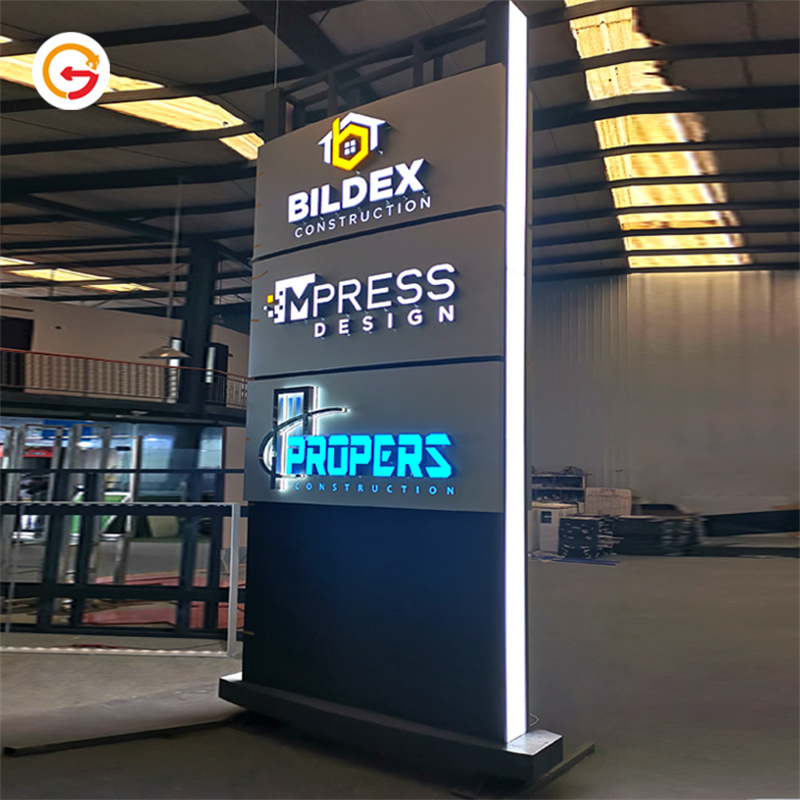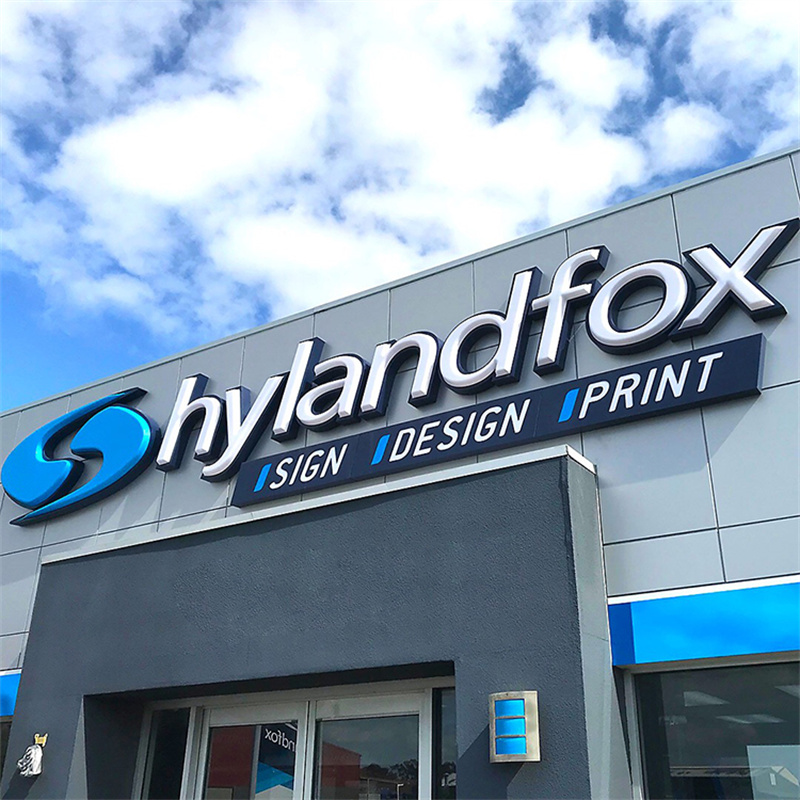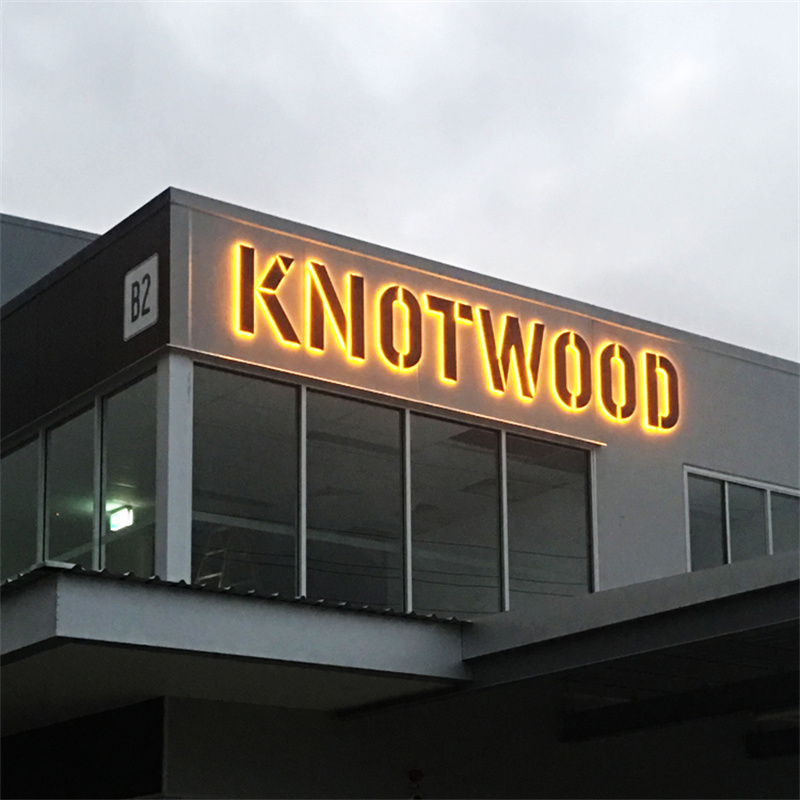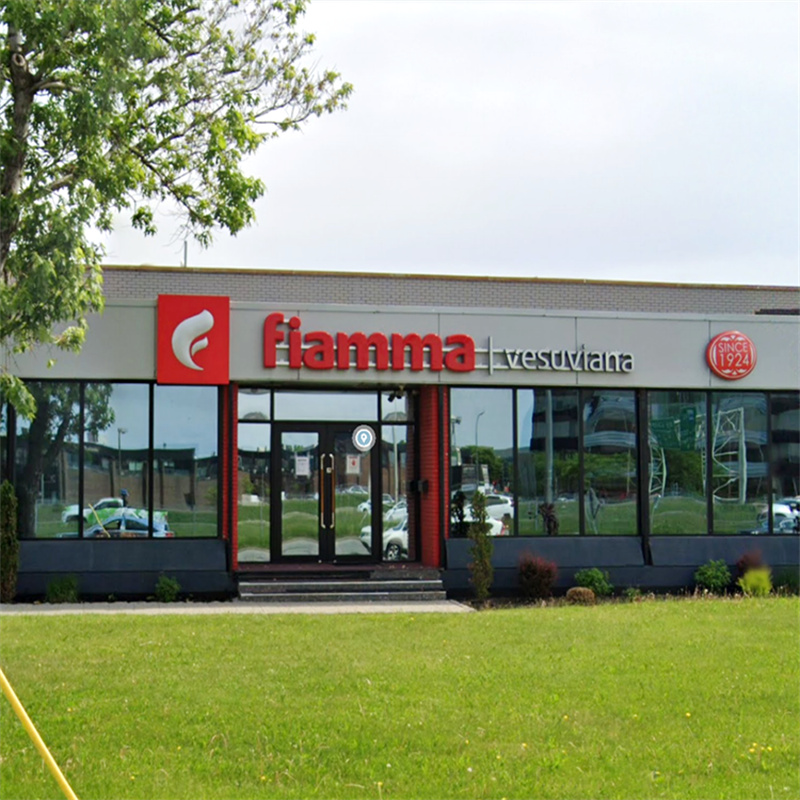In today’s competitive business environment, companies need to leverage every opportunity to increase their visibility and create a strong brand identity. A signage system is an integral part of a company’s marketing and branding strategy. It helps to create a favorable impression of the company, guide customers and visitors, and enhance the overall experience.
A signage system is a set of signs, symbols, and visual elements that communicate information about a company, its products, services, and values. It comprises various types of signs, including pylon signs, wayfinding and directional signs, high rise letter signs, facade signs and so on. Each sign has a specific purpose, placement, and design that reflects the company's brand image and values.
Categories of Signage System
1) Pylon Signs
Pylon signs are large freestanding signs that are used to identify a company, shopping center, or other commercial properties from distance. They are generally placed adjacent to roads, highways, or entrances/exits of a commercial property. Pylon signs can carry the company's logo, name, and other graphic elements that make it stand out from the surroundings.
2) Wayfinding & Directional Signs
Wayfinding & directional signs are critical for guiding the visitors and customers to the right destination within a commercial property. These signs provide arrows, text, and graphic symbols to help people navigate through the pathways, corridors, and floors. Wayfinding and directional signs can be fixed or movable, depending on their purpose and location.
3) High Rise Letter Signs
High rise letter signs are commonly seen on top of large buildings and are used to promote the company's brand identity. These signs are made up of individual letters that can be illuminated or non-illuminated. High-rise letter signs are usually larger than regular signs and are visible from a distance.
4) Facade Signs
Facade signs are used to display the company's name, logo, or other graphics on the building's facade. These signs can be designed to fit the building's architecture and style, maintaining the overall aesthetic. Facade signs can be made of a variety of materials, such as metal, acrylic, or stone, and can be illuminated or non-illuminated.
5) Reception Signs
Reception signs are installed in the reception area of a company's office, and they are the first point of interaction with the visitors. These signs can carry the company's logo, name, or any other visual elements that represent the company's brand image. Reception signs can be mounted on the wall or placed on a desk or podium.
6) Office Signs
Office signs are used to identify the different rooms, departments, or areas within the company's workspace. These signs are important for the convenience and safety of the employees and visitors. Office signs can be made of materials such as metal, acrylic, or PVC, and can be designed to match the company's brand identity.
7) Restroom Signs
Restroom Signs are used to designate the restroom facilities in a commercial property. These signs can be placed on the wall or hung from the ceiling and can carry simple text or graphic symbols that help people identify the restrooms easily.
Features of Signage System
1) Effective Signage Design
Effective signage design is the key to creating a strong brand identity and leaving a good impression on the customers' minds. An effective signage design should be clear, concise, and consistent with the company's branding guidelines. The design should use appropriate colors, fonts, graphics, and symbols that convey the intended message accurately.
2) Illumination
Illumination is an important aspect of signage design as it enhances the visibility of the sign in low light conditions or at night. Illumination can be achieved through various methods such as backlighting, frontal lighting, edge lighting, neon lighting, or LED lighting.
3) Durability
Durability is another important feature of the signage system as signs are exposed to different weather conditions and wear and tear. Signs should be made of high-quality materials such as metal, acrylic, PVC, or stone that can withstand harsh weather and mechanical stressors.
4) Compliance with Safety Regulations
Compliance with safety regulations is crucial for the signage system to maintain the safety and security of the customers, employees, and visitors. The sign installation should comply with local, state, and federal regulations, such as ADA (Americans with Disabilities Act) and OSHA (Occupational Safety and Health Administration).
Conclusion
In conclusion, a signage system is an essential part of any company's marketing and branding strategy. It helps to create a strong brand identity, guide customers and visitors, and enhance the overall experience. The different types of signs serve specific purposes and reflect the company's brand image and values. Effective signage design, illumination, durability, and compliance with safety regulations are key features of a signage system that can make the difference between successful or mediocre branding efforts.
Post time: May-19-2023















